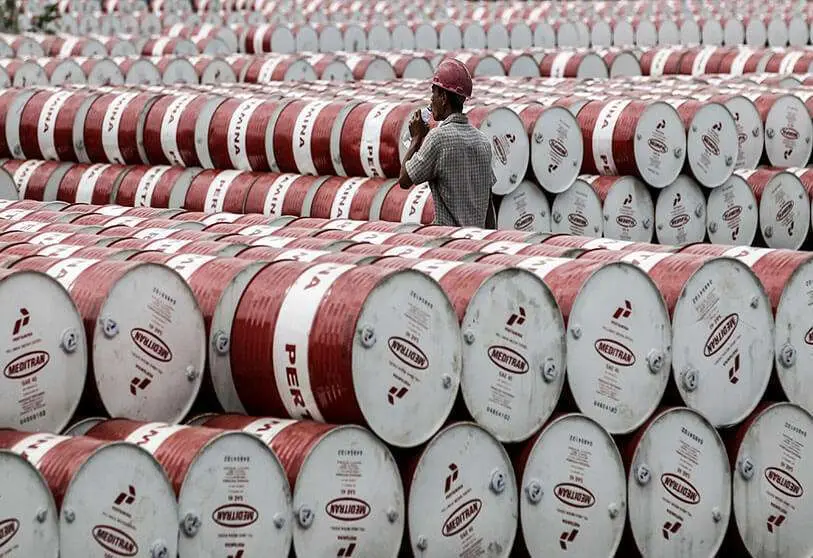Petroleum: we have passed the worst

"Demand reductions are less important than initially estimated and the accumulation of reserves is being relaxed". The first signs of recovery in the demand for oil have triggered a price rally that began in late April. This is because demand reductions are less significant than initially estimated and the build-up of reserves is relaxing.
While the consensus expected demand to fall from 25 to 30 million barrels per day (mbpd) during April, the falls now appear to be in the range of 18 to 20 mbpd. In addition, containment in Asia and Europe is being lifted somewhat earlier than expected, refinery operations are recovering thanks to the improvement in their margins, and even OPEC and non-OPEC producing countries have started to implement production cuts from May. There are therefore fears that the world will run out of oil storage space. Since we have seen the largest accumulation of stocks ever recorded, this also means that we are likely to see the largest reductions in those same stocks from the end of May. The sharp decline in US oil platforms indicates that US oil production will fall by 2-3 mbpd on an annual basis, which should provide more support for oil prices and alleviate pressure on storage levels.
Demand for gasoline and diesel will normalize by the end of this year, but for the entire year it will be reduced by about 2-4 mbpd from the previous year's levels. Aircraft fuel demand will stabilise much later and not return to normal until the end of 2022.
At present, however, option prices continue to fluctuate in both directions, as high levels of uncertainty remain due to changes in demand and there are no precedents for supply levels or store stocks. In addition, OPEC and Russia are likely to remain calm if we do not see any significant cuts by US shale oil producers. In fact, OPEC and Russia will do everything in their power to prevent oil prices from rising to levels that will act as a safeguard for shale oil producers.
Cuts by US shale oil producers will only materialise if short-term prices remain below $30-35 (and/or a range of $40-45 for longer contracts). This means that compliance with OPEC production cuts will disappear if long-term prices start to approach $40-45 in the coming months. OPEC is likely to target these price levels in 2021, when world oil reserves will have been significantly reduced.
Inventories are expected to decrease and the market is likely to need more supply in 2021. However, December prices do not yet reflect this, as they are currently trading at around USD 35 per barrel, which means that there is still significant long-term price upside potential. Although the front end of the oil futures curve has shown strength over the past week (up 50% from the April low), the trading level of the long end of the curve has much less volatility and similar levels of upside as the contracts on the shorter end.
